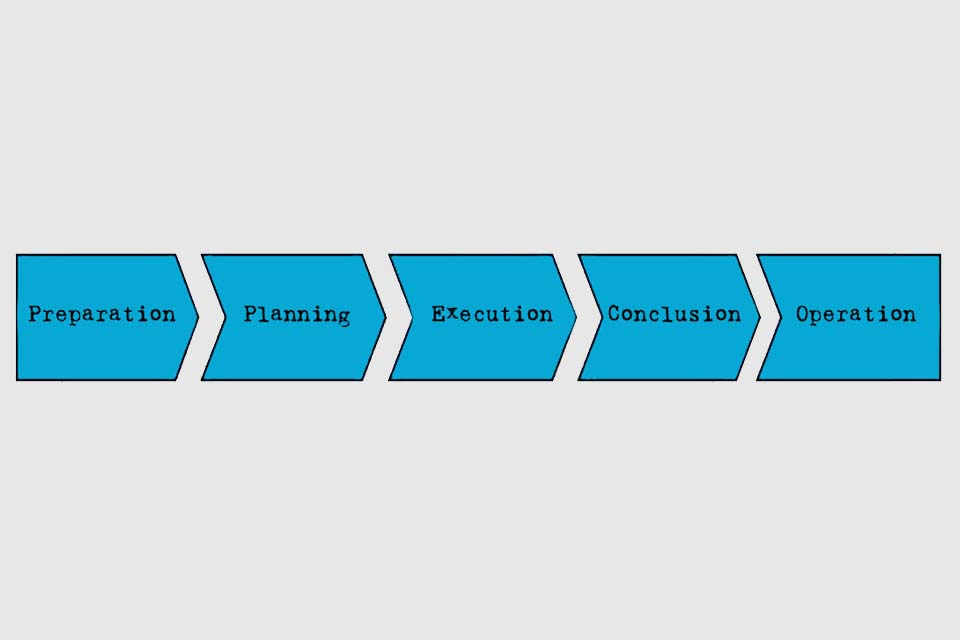What is a Project Type?
Smartpedia: A project type characterises and classifies a project. Criteria for project types can be complexity, novelty, structural scope or the role in the project.
Project Type – the character of a project
Projects can be characterised in many ways. This characterisation is often described by the term “project type”. A project type is different from a project category, even if the terms are sometimes used synonymously. Both project types and project categories help organisations to classify projects, but at different levels. A project type typifies a project, e.g.
- a pilot project,
- a pioneer project,
- a standard project or
- a major project.
The distinction between
- routine,
- acceptance,
- innovation or
- change projects
is also more common. Criteria for project types can be, for example, complexity, novelty or structural scope.
Project categories, on the other hand, define the project object and thus the area where the project is located, e.g. construction or plant engineering projects, research and development projects, IT projects, production projects or organisational development projects. Both forms of classification – i.e. project types or project categories – can be used for initial sequence planning with flow charts, for structuring project phases, for working with milestones, etc.
Project Types in V-Modell XT
While the basic use of project type and project category is close, V-Modell XT defines three different project types for planning and executing projects as the standard for carrying out system development projects:
- System development project (acquirer)
- System development project (supplier)
- System development project (acquirer/supplier)
The classification therefore takes place via the role played in a project. Contracting authorities conduct an invitation to tender and suppliers participate in this invitation to tender; due to the role separation, a V-Modell XT project can have at least two projects: one at the acquirer authority and one at the supplier. In the case of other contractors (e.g. bidding consortia or subcontractors), further projects would be added accordingly. Working in a joint organisation is also addressed, e.g. when a department carries out a project together with the internal IT department. In this case it would be a system development project (acquirer/supplier).
The adaptation of V-Modell XT to the concrete project situation takes place via so-called tailoring. In tailoring, the project type, its project type variant and its specific project characteristics decide on the selection of project-relevant process modules.
Notes:
With version 2.1, the procedure contained in V-Modell XT for the introduction and maintenance of organisation-specific process models was removed and implemented as an independent model (V-Modell XT ORG).
If you like the article or would like to discuss it, please feel free to share it in your network. And if you have any comments, please do not hesitate to send us a message.
Here you will find additional information from our Smartpedia section:


